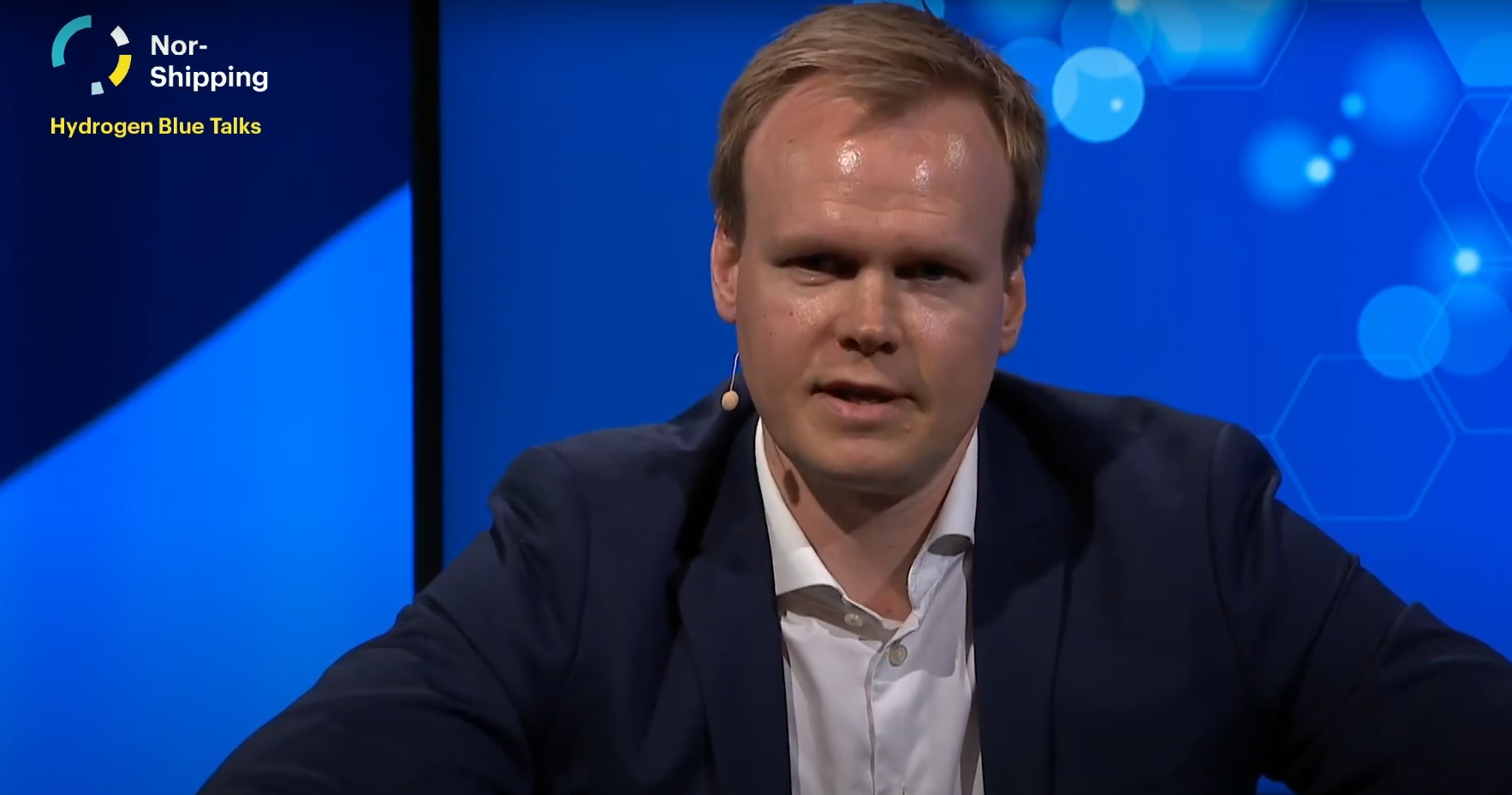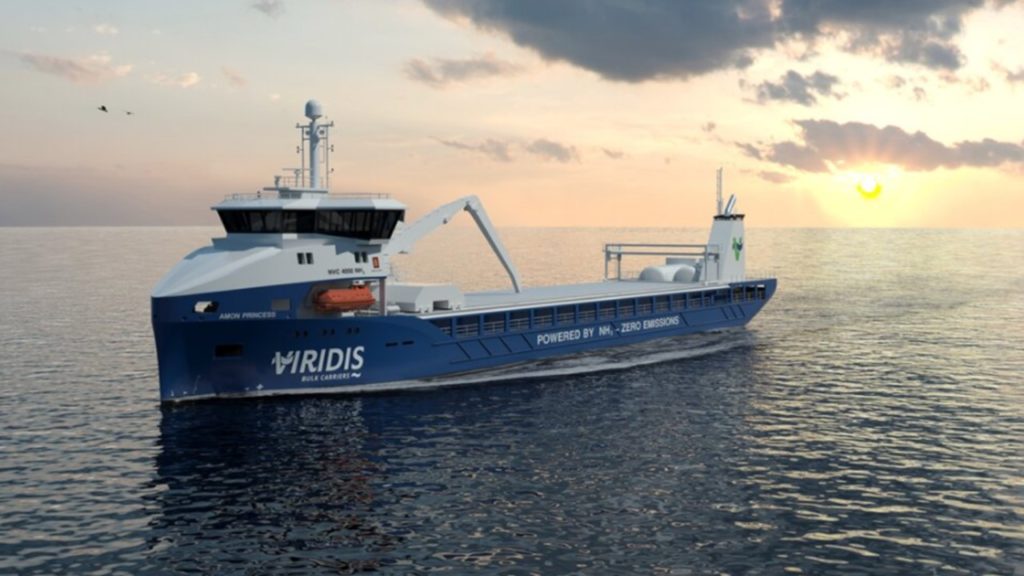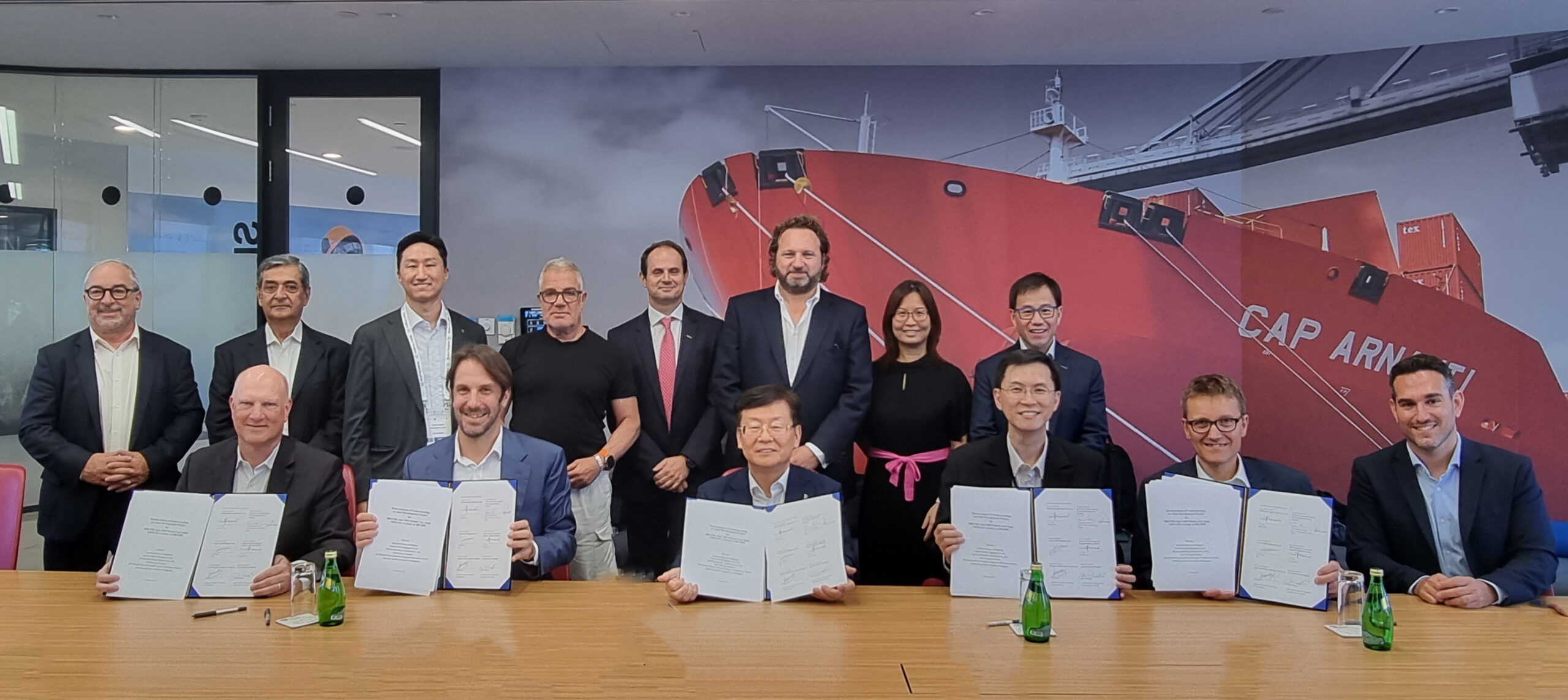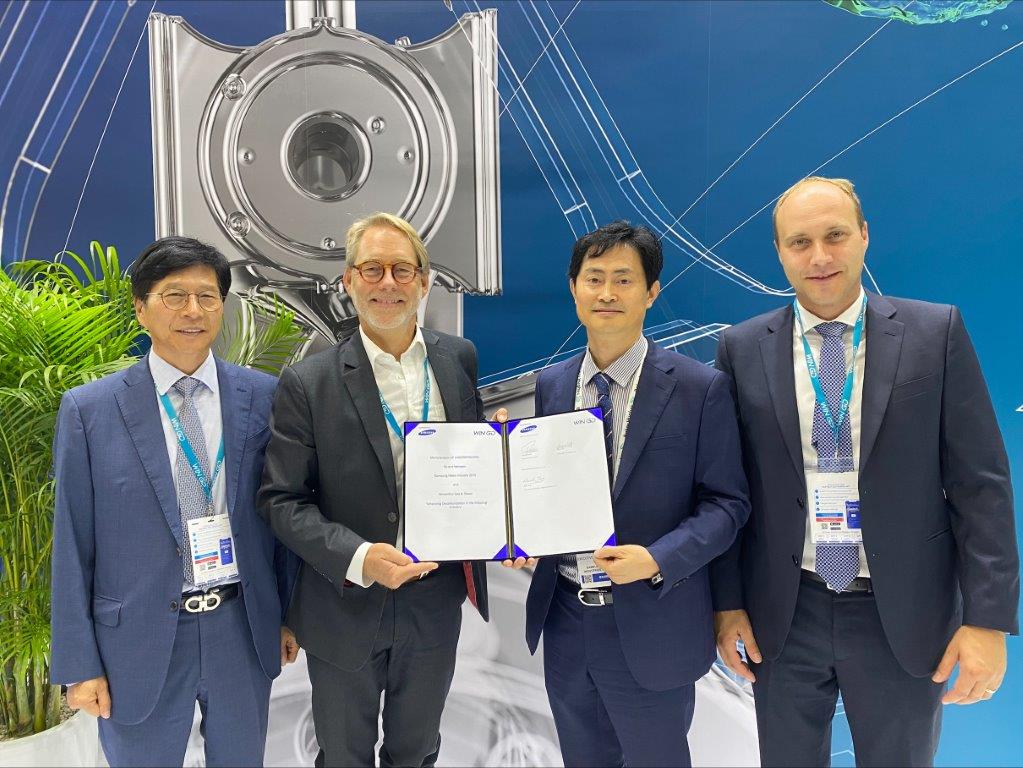How to build a fleet of coastal CO2 emission free bulk vessels and compete on Coa/spot market
Andre Risholm believes he can build a fleet of five or six ammonia-fuelled short sea bulk carriers at just a little more than if he opts to build them to be solely diesel fuelled.
Risholm heads up Amon Maritime, a company which has been formed to really prove the commercial reality of carbon emission free shipping. Amon Maritime calls itself a maritime project development company. Together with Navigare Logistics and shipowner Mosvolds Rederi they formed Viridis Bulk Carriers last year to achieve the goal of developing, building and operating a fleet of ammonia-fuelled vessels.
Navigare Logistics is a Norway-based division of Navigare Group, a general cargo vessel owner based in the Faroes Islands. Mosvolds Rederi is part of Glastads Rederi, a family-owned investment company, and which has a stake in Amon Maritime. While Navigare’s fleet are smaller coastal vessels, Mosvolds/Glastad’s consists of larger handysize bulk vessels.
Viridis Bunkers have an ambitious plan. They are waiting for the engine makers, likely Wärtilä or MAN ES, to reveal their ammonia fuelled engines to the world. Then they want to order a fleet of coastal bulk vessels that will be built from scratch with ammonia fuel tanks and engines. They will need a fleet of four, five maybe six vessels as the company is seeking to work on the coastal contract of affreightment markets where they can guarantee clients a certain amount of cargo capacity on emissions free ships, as well as the spot market.
Amon Maritime’s task is not small, particularly as the shipowner is working on the commercial, technical and market challenges, including fuel procurement and cargo contracts almost simultaneously.
Risholm spoke to Fathom World’s Craig Eason live on the stage during the recent Nor-Shipping hydrogen Blue Talks where speakers from across the ammonia and hydrogen stakeholders offered their insights on latest market developments.
Technology nearly ready
With client COA’s yet to be revealed, the time will soon come for Viridis to place the order for the first of its fleet.
“We believe that initially for the early movers, like we intend to be, there will be a slight cost premium, but it will mainly be related to the fuel,” Risholm told Eason. “When you look at vessel cap-ex, we are probably looking at a slightly higher cost to build, but we are looking at internal combustion engines, we are looking at ammonia tank systems and so on, which are fairly standard components.
“So there will be a cost increase by using these components in a new way, and doing it for the first time, but not on a multiple type of scale. We want to be competitive on price, and we do believe that in time and not very long time, we will also be able to win on price, but that will be driven by the cost of carbon increasing”.
Both Wärtsilä and Man ES confirmed during the Nor-Shipping talks their separate work to develop internal combustion engines that can be run off ammonia. Wärtsilä’s work is on a four-stroke engine, while MAN Energy Solutions is working on both four-stroke and two-stroke solutions.
The Viridis vessels will also come with battery systems and capabilities for shore-based electrical power supply in port, as ammonia will have a price premium risk.
An additional concern internationally with the sue of ammonia is the risk of nitrous oxide being formed during combustion. Commonly called laughing gas, it is a much worse greenhouse gas than carbon dioxide. Engine makers have said that after treatment systems may be needed with ammonia powered engines.
Operational cost risk: the price of carbon
The main reason for the believe in the competitive for an ammonia powered bulk vessel suitable for short sea operations is that the main design criteria for the vessel remains unchanged, the main difference being the choice of engine and the fuel supply system selection (including fuel tank) all of which, as Risholm said, will be standard technologies. This puts the capital costs on a par with a modern vessel, perhaps one built for LNG, and one of the reasons for the belief in the project. The problem comes when operating the vessels in a competitive market where there is no current level playing field on fuel price.
The majority of short sea shipping vessels are old, says Risholm, and will be replaced soon. But he says the market case for the ammonia fuelled vessels really makes sense, particularly as and when a price for carbon is introduced, such as the proposals for shipping to be introduced into the European Emissions Trading Scheme.
Initially the expectation is that ammonia will cost more, but there is already an existing ammonia supply chain growing, thanks in part to fellow Norwegian industrial company Yara which is building up a new market for itself as it sees a growth in zero emission marine fuels. A cost on carbon will push that forward.
Risholm believes cargo owners are already searching for clean shipping alternatives already, which helps supports Amon Maritime and Viridis’ business case for building a fleet of clean fuelled vessels and therefore linking up a network of COAs.
“We are building collaborations with client partners,” confirmed Risholm when asked.
“We will be announcing some of those partners shortly, but what we are looking to find this really the top part of the short sea bulk charter market -the part of the market that sees the commercial benefit of using these solutions in their own business, which I believe are quite a few of those, those types of clients”.



































